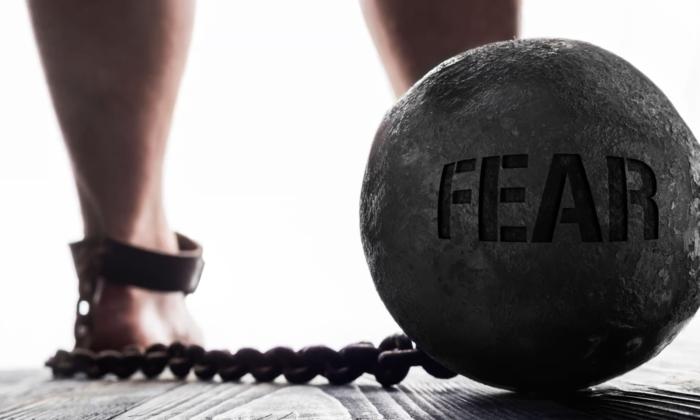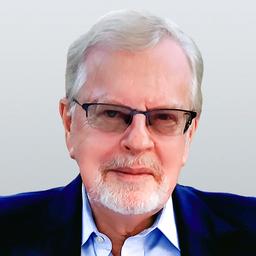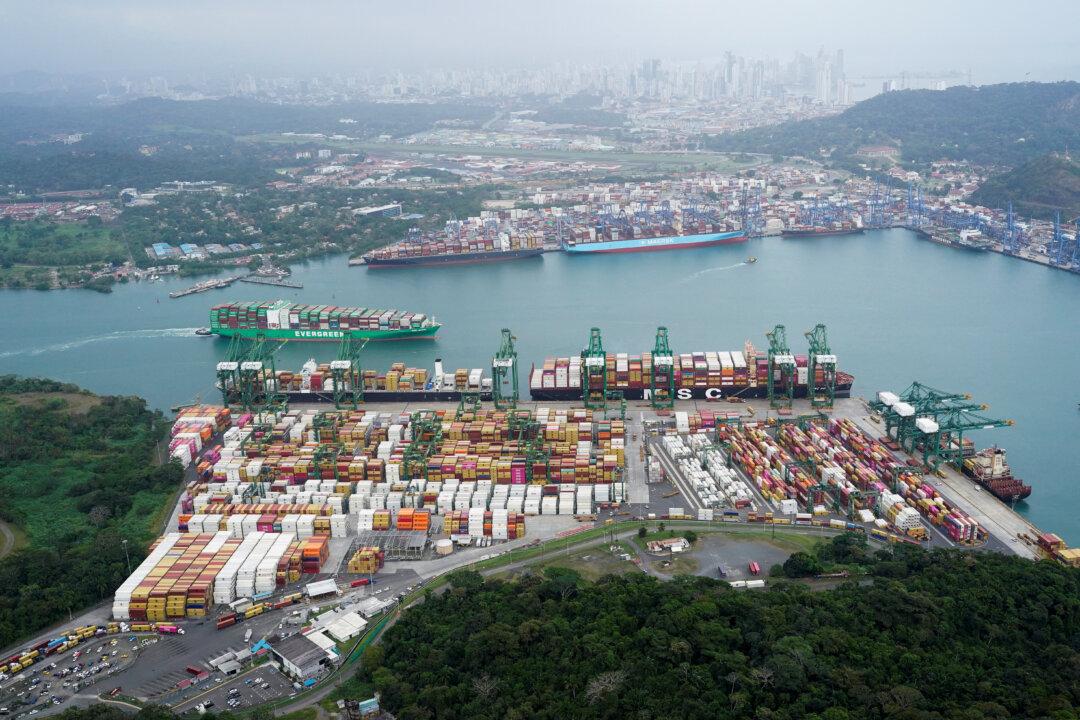Society today, in many countries of the world, seems beset by irrational fears, which, in turn, spur irrational hatreds, irrational groupings, and irrational actions.
What is even more interesting is that most people are unwilling to give up these fears, and wallow in them in a form of what I call “addictive lunacy,” impervious to logical argument.
President Franklin D. Roosevelt told the U.S. public during World War II: “You have nothing to fear, but fear itself.”
Fear, however, became the overwhelmingly pervasive sentiment of most societies in the world by the 21st century; they were dominated by a cobweb of fears of indeterminate origin. Technology became increasingly capable of almost instantaneous transmission of fears and panic. This was particularly the case in urban societies, where fear of rejection, fear of ostracism leading to job loss and social isolation, fear of being on the wrong side of political factions, and so on, controlled almost all of life.
Fear is a reaction, and therefore places the fearful individual or group at the mercy of the fearless, the confident.
And the result became that large segments of societies, and particularly urban societies, grew dependent upon lives governed by fear to the point that it evolved into an addiction. No fear was deemed irrational; every call for rational behavior became viewed as a new threat to drive societies into panic rather than as a calming option. It became more comforting to view all external or dissenting voices as threats rather than as options for rational interaction.
The result is that we have a global society that mirrors the most primitive ignorance of societies from centuries or millennia past. Modern science and education have been insufficient to shape rational thought or intellectual depth in the bulk of societies. And science and education, in “modern, democratic societies,” have proven to be insufficient to persuade voting masses to comprehend serious issues because their origins and complexity are out of sight to these societies.
The comfort of being part of a group, albeit a group dominated by pervasive fears of almost everything, is that a sense of feverish normalcy seems to reign. Thus, the addictive lunacy becomes an escape in which to become immersed. Any attempt at rational discussion, then, comes like the clarity of the morning light, demanding that fears be dealt with on a realistic basis.
The result is that fear—and therefore paralysis—governs group thinking and election actions. It has a profound strategic impact, clawing at the ankles of potential leaders willing to take decisive positions. It is the sign of the sclerosis of democracy, preventing the constructive strategic action of states.
What has become significant at this life-cycle end-point in most societies is that governments are unwilling to surrender their power, even in the face of their own impotence and the visible reduction of their prestige and acceptance. Most individuals cannot contemplate the thought of any structural or territorial change of their societies, so outmoded forms of governance prevail, even though they decay.
Thus, change or the suggestion of change invokes fear and paralysis of thought. Nothing, or little, of a constructive nature can be undertaken.
The world has returned to an age when, once again, strategic power prevails. The 20th-century concept that nations would no longer wage predatory wars against their neighbors has passed. Might is once again right. How long, then, before the United Nations disappears, just as the League of Nations did in 1939 (although legally it continued until 1946)?
Much of this is derived from the fact that the U.N. and League of Nations did not, as they promised, soothe people’s fears; it made them feel less in control. Fear, as a group instinct, gives a sense of control, but it also drives defensive or offensive actions, which can lead to unpredictable outcomes.
Events of early 2025 show just how dramatically the turning point has been reached from the final post-World War II architecture to the new era, which—like World War II itself—has changed alliance structures going forward. It has also changed the nature of national competition, the nature of technology, and the boundaries of geography, including the absolute necessity to consider space maneuver, and so on.
It has changed how we deal with our neighbors at a personal level.
We are, as a result, mid-voyage in the passage to the new era, and it is a voyage into a very decidedly “unknown,” adding yet another layer of fears to most of humanity. How, then, do we retake possession of our faculties and therefore our fortunes?
To approach the future with these or other ideas, however, requires us to throw off the shackles of “old-form” and tired “democracy” and embrace “new-form” social contracts—perhaps a more considered form of democracy—with all the lessons the past can objectively render. And build a new strategic context that is “closer to the heart’s desire.”
If we can, one person at a time, throw off the yoke of fear, we can turn back to refurbishing the “shiny city on a hill.”







